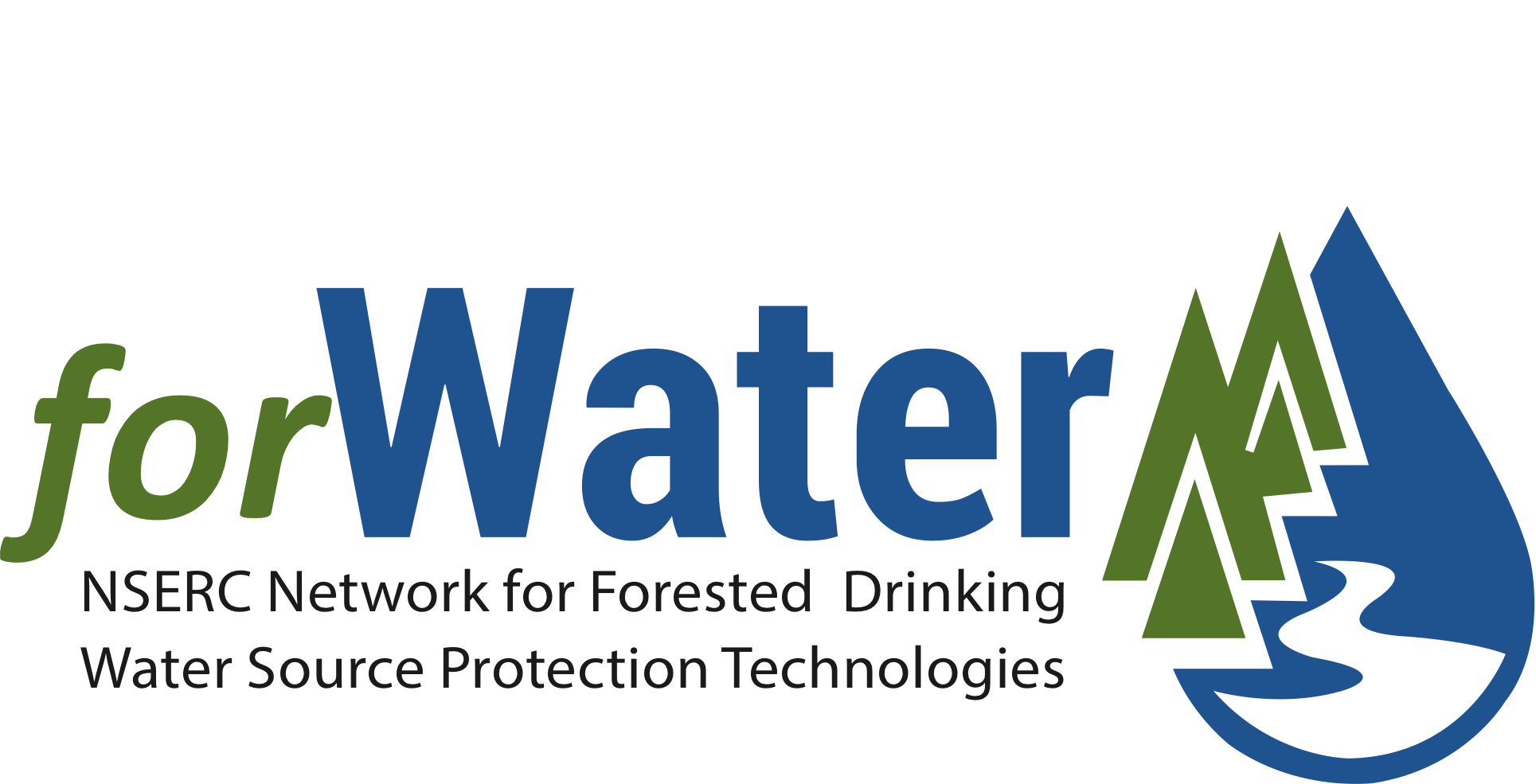Researchers from the forWater Network have recently published insights from four years of field research. They have released a series of research snapshots, the most recent featuring the first of its kind study showing legacy effects of wildfire on water quality over long distances.
The findings come from an international collaboration leveraging expertise from different disciplines, Geography and Engineering, at the University of Waterloo as well as forest hydrology from the University of Alberta and expertise in water resources and land management from Rothamsted Research in the UK.
Authored by Water Institute members Mike Stone and Monica Emelko and, MSc Graduate, Caitlin Watt, Uldis Silins (Alberta), Adrian Collins (Rothamsted), this research describes the impact of landscape disturbances on the transport and fate of particulate phosphorus (PP) in rivers.
This study examined changes in major element chemistry and PP forms in riverbed sediments along 50 km of an oligotrophic river at low flow. This section of river represents a gradient of increasing cumulative landscape disturbance (forest harvesting, wildfire, municipal wastewater discharge) pressures on water quality. The work showed that after landscape disturbances, sediments stored in riverbeds are present far downstream (i.e., tens of kilometers) and remain enriched with PP (i.e., legacy P). These sediments serve as an important internal source of bioavailable P that can promote algal blooms, challenge water treatment, and degrade ecosystem health for decades.

The research snapshot shares detailed figures and results indicating why bioavailable PP fractions increase downstream with increased landscape disturbance, especially after wildfire. The snapshot also shares recommendations for monitoring approaches such as geochemical tracing and emphasizes the need to (i) understand the role of biofilms in trapping and transforming P and other nutrients in gravel-bed rivers and (ii) describe their role at larger basin scales.
Contact
Information
For
more
information
on
this
research
please
contact:
Dr.
Mike
Stone
-
mstone@uwaterloo.ca
Reference,
featured
publication:
Watt
C,
Emelko
MB,
Silins
U,
Collins
AL,
Stone
M.
Anthropogenic
and
Climate-Exacerbated
Landscape
Disturbances
Converge
to
Alter
Phosphorus
Bioavailability
in
an
Oligotrophic
River.
Water.
2021;
13(22):3151.
https://doi.org/10.3390/w13223151
Listing Photo: Crowsnest Mountain by Caitlin Watt

